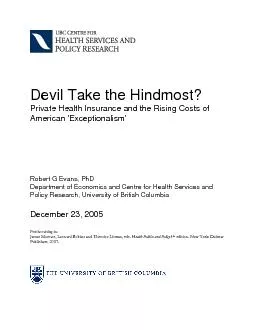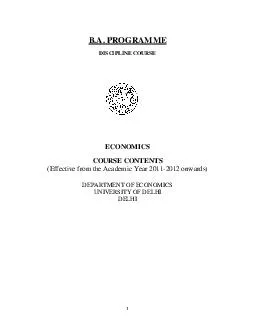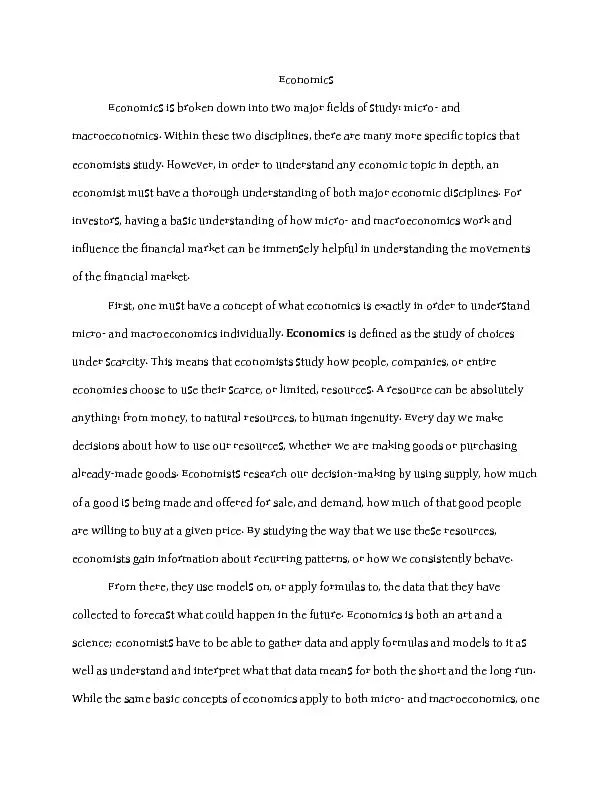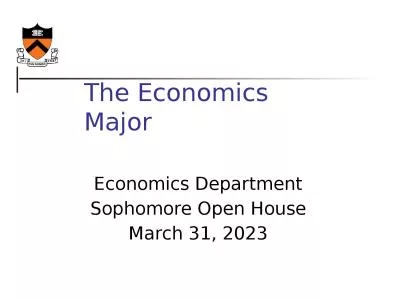PDF-American 'Exceptionalism' Department of Economics and Centre for Healt
Author : pasty-toler | Published Date : 2015-08-07
UBC CENTRE FOR HEALTH SER DRAFT DEVIL TAKE THE HINDMOSTAbout CHSPR The Centre for Health Services and Policy Research CHSPR is an independent research centre based
Presentation Embed Code
Download Presentation
Download Presentation The PPT/PDF document "American 'Exceptionalism' Department of ..." is the property of its rightful owner. Permission is granted to download and print the materials on this website for personal, non-commercial use only, and to display it on your personal computer provided you do not modify the materials and that you retain all copyright notices contained in the materials. By downloading content from our website, you accept the terms of this agreement.
American 'Exceptionalism' Department of Economics and Centre for Healt: Transcript
Download Rules Of Document
"American 'Exceptionalism' Department of Economics and Centre for Healt"The content belongs to its owner. You may download and print it for personal use, without modification, and keep all copyright notices. By downloading, you agree to these terms.
Related Documents














